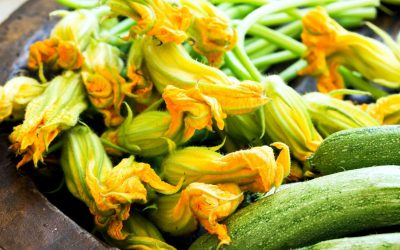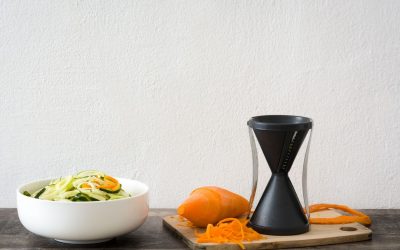To Eat or Not to Eat
Calorie restriction, fasting periodically, and time restricted eating (TRE) have a long history in society and has been around since humans have been, well, humans. Science is now examining what happens to body during a period where food is absent and what benefits this situation may bring to the general population.New research out this year is pointing towards the disruption of circadian rhythm of not just our bodies, but the organs within, playing a major role in the emergence of metabolic disorders. Eating during our natural wakeful periods (ie during the daylight hours) appears to be more beneficial than ad libitum eating spread throughout the day and night.
Definitions:
Fasting – refers to the abstinence of all food and liquid except water for a certain period of time such as a day or a week.
Fasting Mimicking Diet – the consumption of low calorie amounts (typically 500-600 calories) over a certain period. This strategy brings the same health benefits as fasting but is less strict than true fasting. The popular 5/2 Diet would be an example of this dieting strategy,
Time Restricted Eating – Eating of food is limited to a window between 8-12 hours during the day with a period of fasting extending between 12-16 hours.
Fasting mimicking diets aim to drastically reduce the calorie intake on the day of the fast. Overtime this tends to reduce the total calories consumed over the week or month if on the non-fasting days food is not overconsumed via poor food choices. Typically, between 500-600 calories are eaten on the fasting days (usually 2 or 3 days a week) and the normal diet is resumed on the other days.
Time restricted eating is a little different as people aren’t necessarily changing what they are consuming, but rather limiting the timeframe of when they are eating their meals. The aim is to limit food intake to between 8-12 hours during the day, and consuming nothing (except water if required) for 12-16 hours. This is a good concept for people who can eat their last meal a few hours before bedtime, don’t eat any late night snacks afterwards and push back their first meal by a couple of hours into the next day. For example, finish eating dinner at 7pm and fast until 10am which gives 15 hours fast. By tweaking your food choices towards what is recommended below, people may end up reducing their calorie intake (without having to count calories) which may lead to modest weight loss.
Health Benefits
Promising studies point to a range of benefits of going without food. It appears that people naturally tend to self-restrict food during time restricted eating and the day after a fast or a mimicked fast. This would lead to an overall reduction in calories and transfers to weight loss. However, even if weight loss does not occur, there are many other health benefits to these styles of eating:Increased longevity
• Increased liver sensitivity
• Shows to have a decrease in inflammatory pathways
• Decreased blood lipid levels
• Improved memory
• Possible link to slowing cancer cell progression
• Improvements in sleep quality
• Benefits for Type 2 diabetes and obesity management through being able to adjust to changes in metabolic demands (the ability to shift from carbohydrate to fat metabolism efficiently).
• Cardiovascular health improvements through the production of low-level ketone bodies without having to consume a ketogenic diet.
Some great guidelines as to what to eat when you are eating can be summarised by 5 key points:
1. Eat quality protein at every meal. This can be meat, fish, dairy (for example a high protein yogurt or cheese) or tofu and beans for non-meat eaters.
2. Consume 5 different colours of plants each day. Think red (for example tomato or capsicum), yellow (squash), green (kale, spinach), purple (blueberries, eggplant), white (garlic, onion) and aim to ‘eat the rainbow’.
3. Make sure you are having nuts and seeds. This doesn’t have to be a large amount as they do carry a high energy value, but raw nuts and seeds are a great source of fibre and minerals.
4. Feed your gut flora. Eat foods that contain bacteria for your gut (probiotics) and fibre for them to eat (prebiotics). Foods such as yogurt, kimchee, sauerkraut, and pickled vegetables are great sources.
5. Fibre! Pick fibre rich sources of carbohydrates aiming for 20-50g per day depending on your overall food intake.







0 Comments